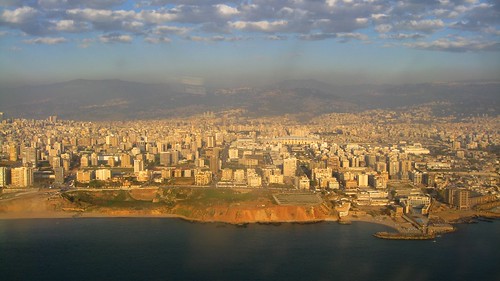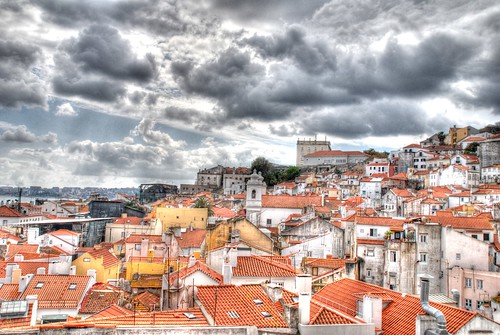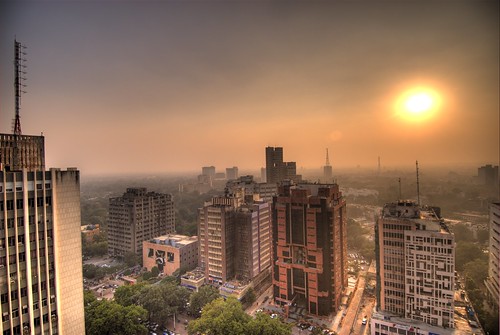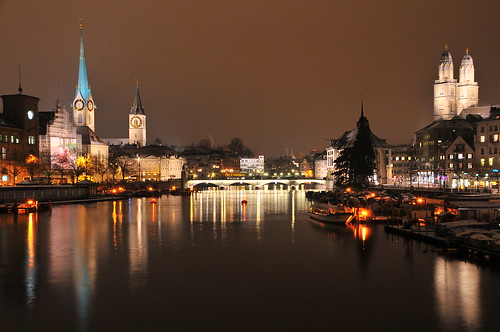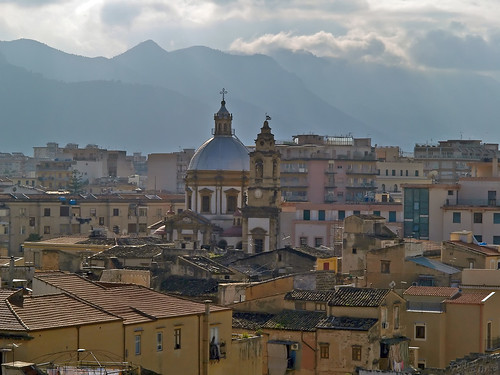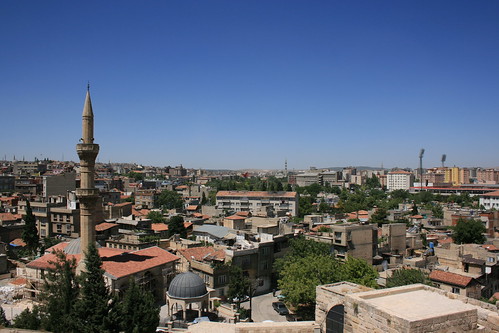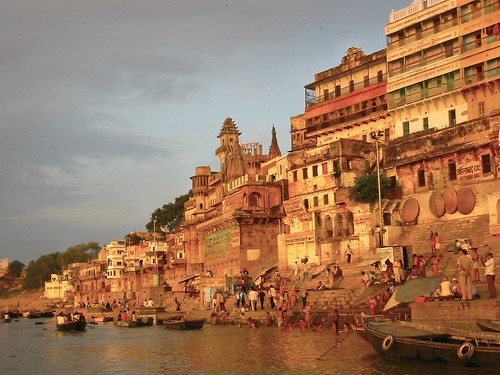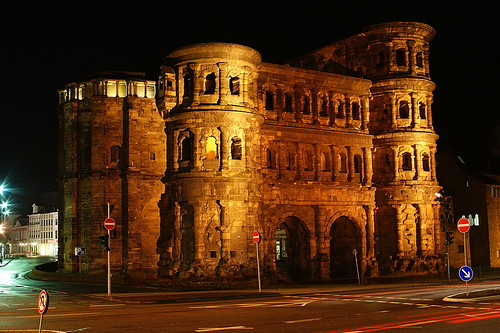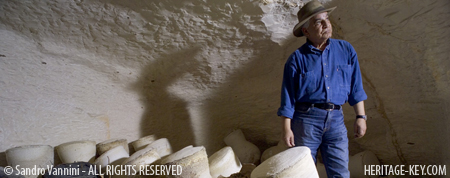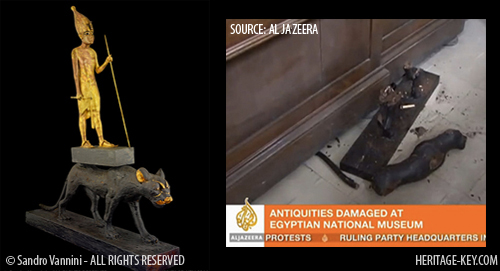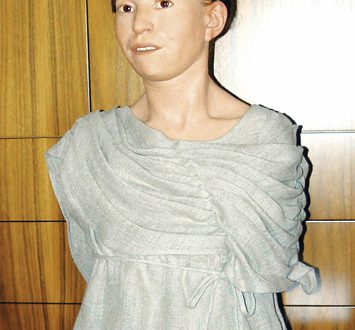 John Julius Norwich’s new book – “The Great Cities in History” – selects a list of major cities that have been hugely influential throughout their eras. The cities that were chosen spanned across the globe, and you can read more about them in my recent article. In addition, you should definitely also watch Heritage Key’s video interview with Lord Norwich himself as he discusses his book, and how he came to choose the cities that made it to the final edition.
John Julius Norwich’s new book – “The Great Cities in History” – selects a list of major cities that have been hugely influential throughout their eras. The cities that were chosen spanned across the globe, and you can read more about them in my recent article. In addition, you should definitely also watch Heritage Key’s video interview with Lord Norwich himself as he discusses his book, and how he came to choose the cities that made it to the final edition.
But what about cities that didn’t make the cut?There are still several cities in the world which I still consider to be great in terms of the culture they hold, and the history that enriches them. So I offer you 10 more Great Cities of the Ancient World, and if you can think of anymore, then feel free to add them as a comment!
1. Plovdiv
The second largest city in Bulgaria was known in ancient times as Philippoupolis. With a history dating back 6,000 years it is one of the oldest settlements in Europe and a key city in the Roman Empire. Boasting several public buildings, baths, temples and shrines, as well as a city sewage and water system, Plovdiv was an important crossroad and route to the Baltic region.
It was described by the Roman writer Lucien as being “the biggest and loveliest of all towns. Its beauty shines from faraway.” Under the rule of Rome, the city saw huge growth and significant cultural progress and is considered to be one of the oldest continuously inhabited cities in history. This beautiful city is often overlooked despite being rich in ancient artefacts and architecture, of which only a small proportion has been excavated by archaeologists.
2. Beirut
With a history going back over 5,000 years, Beirut today is synonymous with war and conflict after the recent Lebanon War. The devastation that Beirut’s city centre was left in opened up the possibility to explore the past, and found remains from the Phoenician, Hellenistic, Roman, Arab and Ottoman eras.
In Roman times, the city of Beirut was developed by Rome with several public buildings and investments, the pearl of which was Beirut’s School of Law. Attracting scholars from across the empire, Beirut became a centre for learning excellence until 551AD when a large earthquake destroyed much of the city, claiming 30,000 lives.
3. Tel Aviv
Israel’s second largest city is Tel Aviv, and is technically only about 100 years old. So why have I classed it as an ancient city?
Well this relatively new city is on the site of Jaffa, and ancient port city with a past stretching back 4,000 years. Although originally Tel Aviv was planned on the outskirts, the city grew rapidly and incorporated Jaffa. In ancient times, Jaffa was conquered by the Egyptians under the rule of Pharaoh Thutmose III. Jaffa also features prominently in the Old Testament of the Bible as the city from which Jonah sets sail to reach Tarshish as well as the port where the wood arrived for Soloman’s Temple, Jerusalem.
4. Lisbon
At roughly 3,200 years old, the Portuguese capital of Lisbon is often overlooked as an ancient city. However, it is believed to have been founded by Phoenicians, and spent the following two millenia trading hands in various wars and conflicts.
Under the Romans, Lisbon saw a transformation which included the construction of a Great Theatre, several temples, the Cassian Baths, a large Roman Forum and many other public buildings, which were discovered by archaeologists in the mid-Eighteenth century.
5. Delhi
One of the most populated cities in the world today, Delhi has a history covering the past 3,000 years and holds many of Asia’s most culturally rich historical sites. It is believed that Delhi is home to the legendary Indraprastha: a grand and sophisticated fortress capital of Pandavas in India’s Mahabharata scripts.
With settlements in Delhi being traced from the Mauryan Empire (about 300BC), so far archaeologists have discovered seven different cities in Delhi. However, the British demolished much of the ancient remains to make way for the new capital city – New Delhi. Today, Delhi is a major cultural, administrative and financial centre of India.
6. Zurich
The vibrant and lively city in Switzerland is a centre of international business, finance and trade, which is fitting considering its ancient past in Roman times as a key city for collecting taxes. Founded in the 2nd Century AD and known as Turicum, the city acted as a gate for all goods entering and leaving Italy. Christianity was introduced in the 3rd century, and continued to heavily influence the city.
Today, the city is a hotspot for tourists, particularly as it is near to the popular Swiss Alps, as well as the home to the Swiss stock exchange, several banks and financial institutions.
7. Palermo
Palermo is famous as the capital of Sicily, and has its roots from the 8000 BC with its first settlement being an ancient Phoenician city. It’s rich history has led to its highly regarded reputation for culture, architecture and food. Under the Greek rule, the city was a centre of commerce and trade, although civil unrest during the Sicilian Wars caused instability and later the Romans would take the city during the First Punic War.
The city has seen itself ruled since by the Byzantine empire, Fascist Italy and (although not officially) the Sicilian Mafia. Today it is popular with tourists for its fantastic culture and unique environment.
8. Gaziantep
Thought to be the site of the historical city Antiochia ad Taurum, and is one of the oldest cities in Turkey, Gaziantep was an important agricultural and industrial hub of the region. Remains of Gaziantep’s rich heritage exist in the centre of the city in the form of a historic fortress and the Ravanda citadel. The ruins of Doliche also lie just a few kilometres north of the city.
Throughout history, the city of Gaziantep has been ruled by several different empires, including the Egyptians, Hittites, Assyrians, Persians, Greeks and Romans.
9. Varanasi
The Indian city of Varanasi lies next to the River Ganges, and legend says it was founded 5,000 years ago by the Hindu god Shiva. Archaeologists date the city back 3,000 years, when it became a major centre for the production of textiles, silk, sculptures and perfumes. Varanasi was also a larger city spanning over 5 kilometres along the river banks, and was famed as a centre for culture, religious worship and education.
Also known as Benares, the city is a popular pilgrimage spot and is held in Hindu religion as the place where the cycle of reincarnation can be broken, if a person were to die there.
10. Trier
One of the oldest cities in Germany, archaeologists have uncovered pottery fragments from Neolithic times in Trier. The city saw major investment and improvements under Roman rule, when Constantine the Great built a new bascilica and baths, and the city had played host to imperial palaces of emperors.
Roman relics still standing today include the amphitheatre, and a Roman fortified gate called Porta Nigra. During the Middle Ages, this structure was converted to a church, but legend has it that when Trier was under the rule of Napoleon’s forces, he ordered it to be destroyed after dissolving the church. Locals informed him of its Roman past in an attempt to save it, and Napoleon gave the order for Porta Nigra to be restored to its original Roman form.

